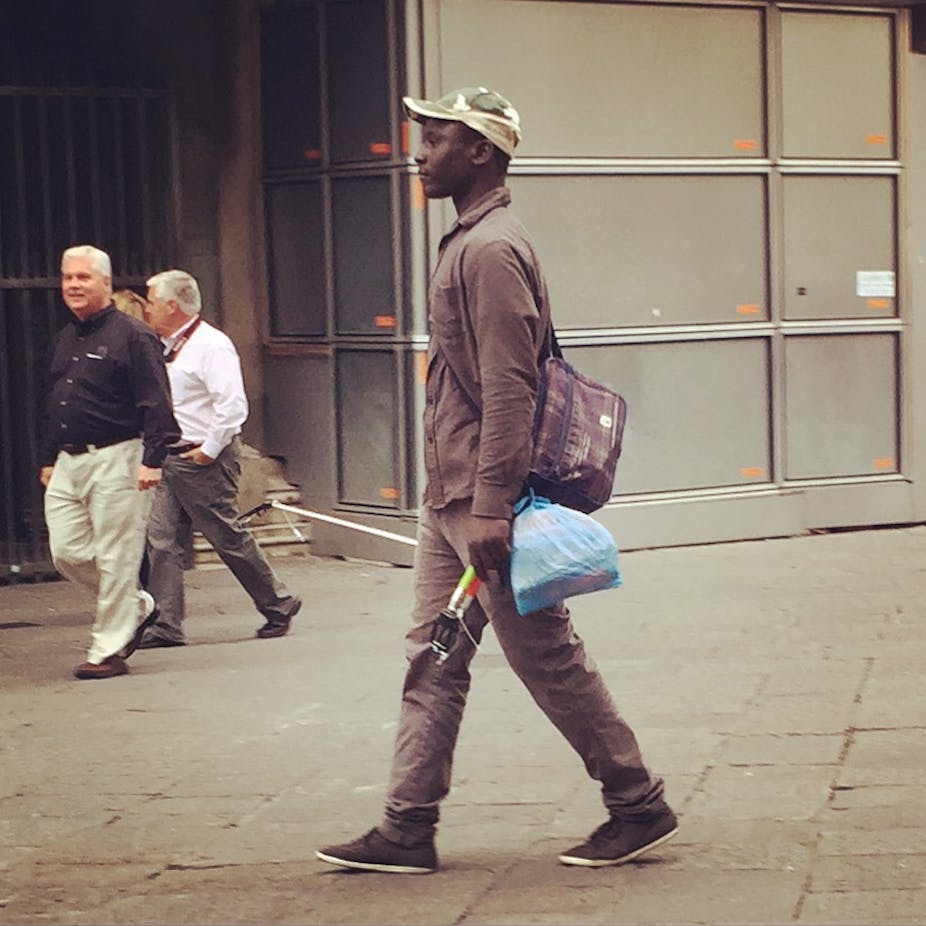It might seem easy to claim that digital technology has disrupted the way we plan, prepare and experience, travel. Online travel agencies have experienced massive growth and online is now responsible for over 27% of travel sales. Even this is an underestimate of the impact of digital on the travel industry because a large number of people, especially in business, will interact with their regular travel agents in a digital-only way, never actually seeing or talking to a specific agent.
Itineraries and tickets have become electronic, airline check-in and boarding passes can be accessed through mobile phones and even new devices like the Apple Watch.
After arrival, the use of paper maps to get around has all but disappeared, as travellers increasingly use their mobiles to provide GPS-guided maps and simultaneously act as a digital tour guide based on social-network-fed recommendations.
Whilst it is indeed true that digital is making inroads into all aspects of travel, it is still uncertain as to whether it has fundamentally changed it in any significant way. Digital disruption only occurs when the digital process enables something that was simply not possible in the analogue process it replaces. Simply converting a piece of paper to a document on a mobile is not always changing how that document is actually used. In most cases, it is simply making it available in a (possibly) more convenient format.
Social media has often been claimed to have disrupted the way we travel and experience that journey. We are now able to narrate a journey in real time and share that story with our social network as if they were with us. Indeed, if further evidence of this particular disruption was needed, it could be seen in the recent emergence of selfie stick vendors outside tourist attractions, all around the world. The argument goes that social media has led to an increased incidence of focusing only on our selves, which in turn has driven travellers to lose any meaningful experience of the places they are visiting.
Despite the evidence however, has anything really changed? Before selfie sticks, tourists could be readily identified as the people who carried cameras around their necks and instead of experiencing a destination fully, viewed the world only through their camera lens. The experience was captured to share with friends when they got home. The photos were evidence that a place had been visited, often on brief, whirlwind tours with dozens of way points, in as many days.
Selfie sticks may seem like an external manifestation of our shallowness when it comes to exploring cultures other than our own, but actually, the change is largely cosmetic. In truth, it is very hard to experience a culture in any meaningful way in the typical short stays of most vacations. Whether or not the focus of the photographic evidence of travel is the individual themselves rather than what they actually saw, doesn’t change the underlying experience.
The simple fact of the matter is that most of us were always shallow travellers. Selfie sticks are nothing new in that regard.
Social sharing has been touted as a more tempting candidate of digital disruption. Social sharing, by putting travellers in direct contact with locals has enabled a “real travel experience”. trip4real offers such an experience with locals providing cooking lessons, guided tours or some social interaction with a local resident. Whilst it is true that these types of companies have broadened the ability of locals to provide insight and interaction with a visitor, in many ways, it is simply an expansion of the services provided by traditional tour guides. Tour guides are generally locals too, and interacting with them is really no different to interacting with a self-employed tour guide who advertises their services through one of the newer social sharing networks.
Fundamentally, travel is a physical and analogue experience. It consists of taking our physical selves to a different environment and experiencing it through the constraints of time and convenience. The trade-off is that the experience will never be the same as that of a person who has spent years studying, living and working in that place. And that is even before considering not knowing the language or fully understanding the local culture and norms. Digital may have changed some aspects of that experience, but mostly in a simple like-for-like way. In the end, digital has brought around superficial differences to travel that doesn’t make our experience with a new land any more profound.

